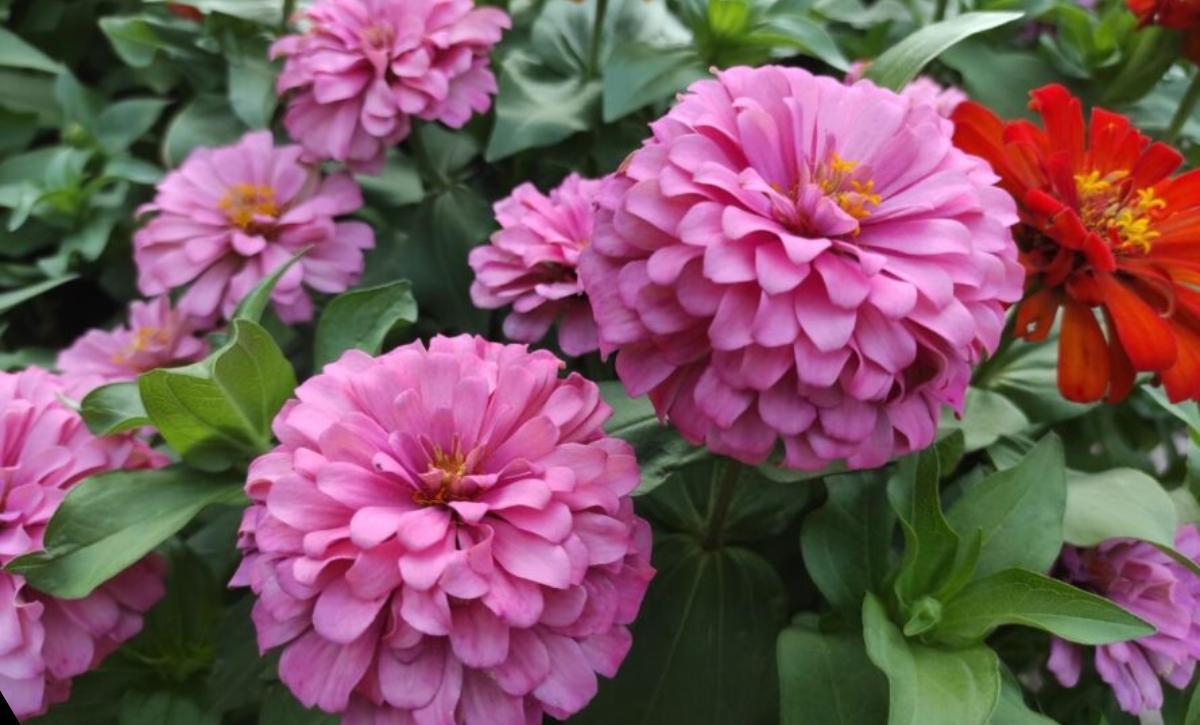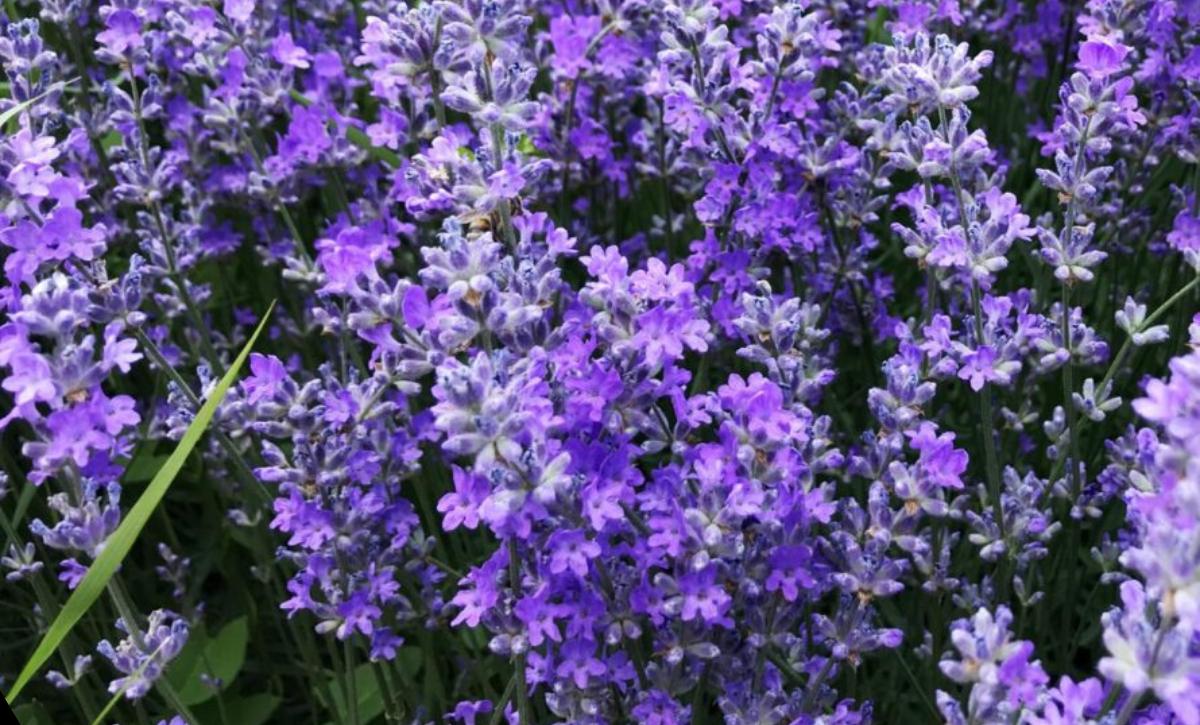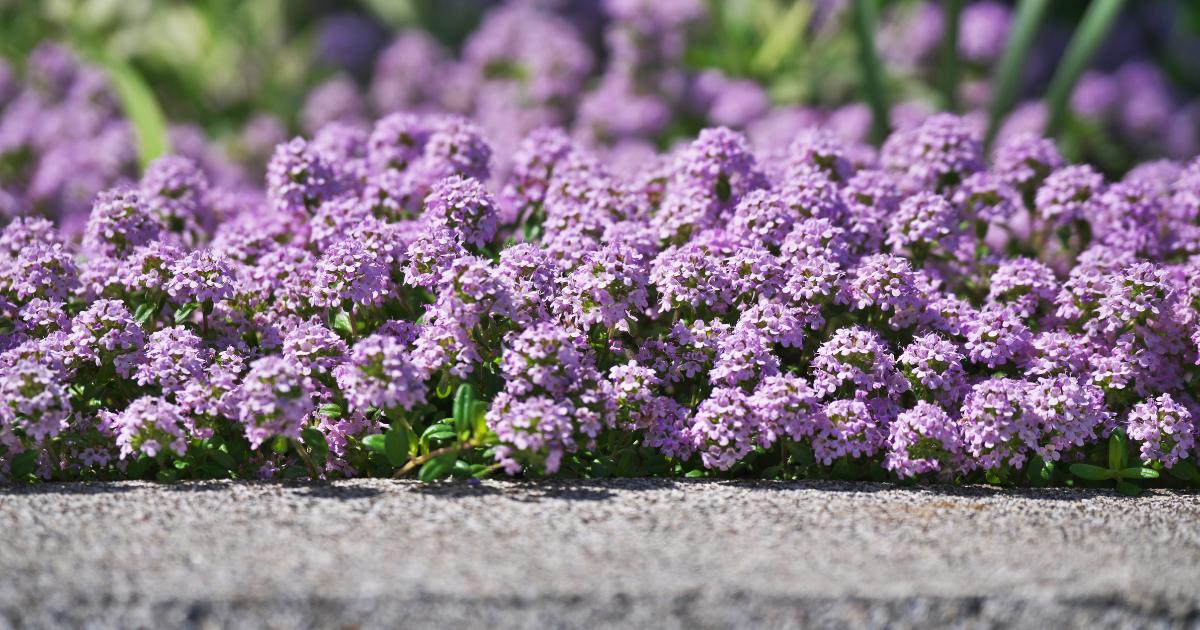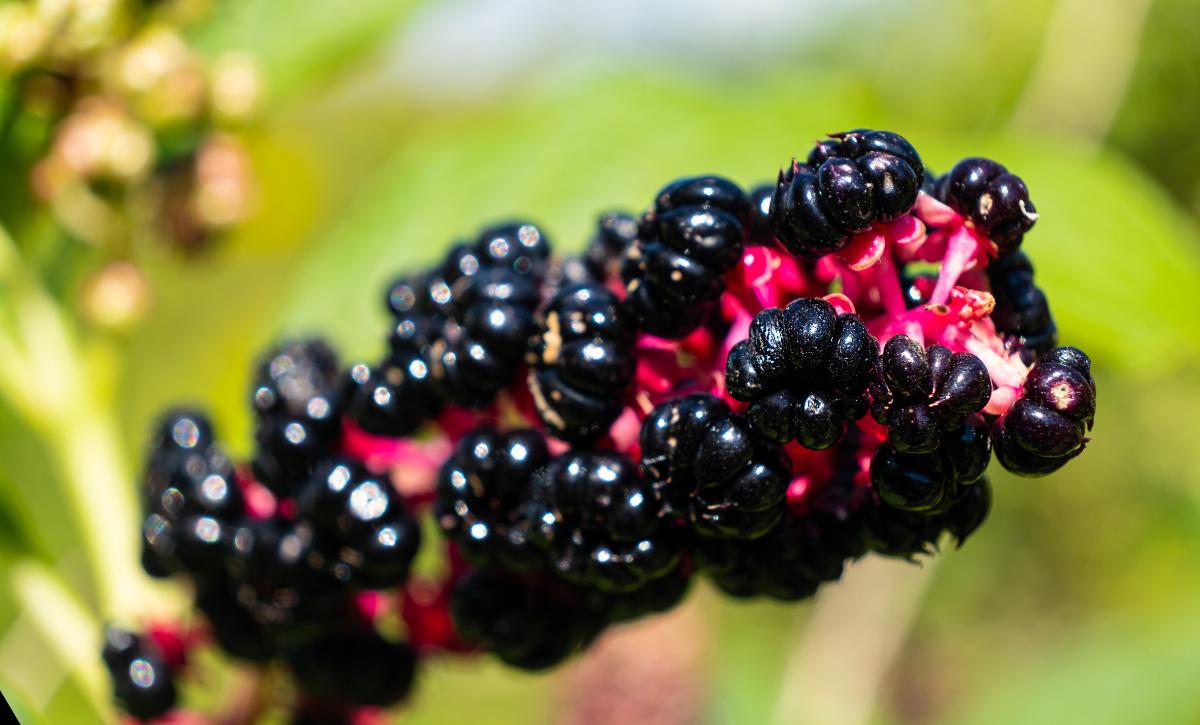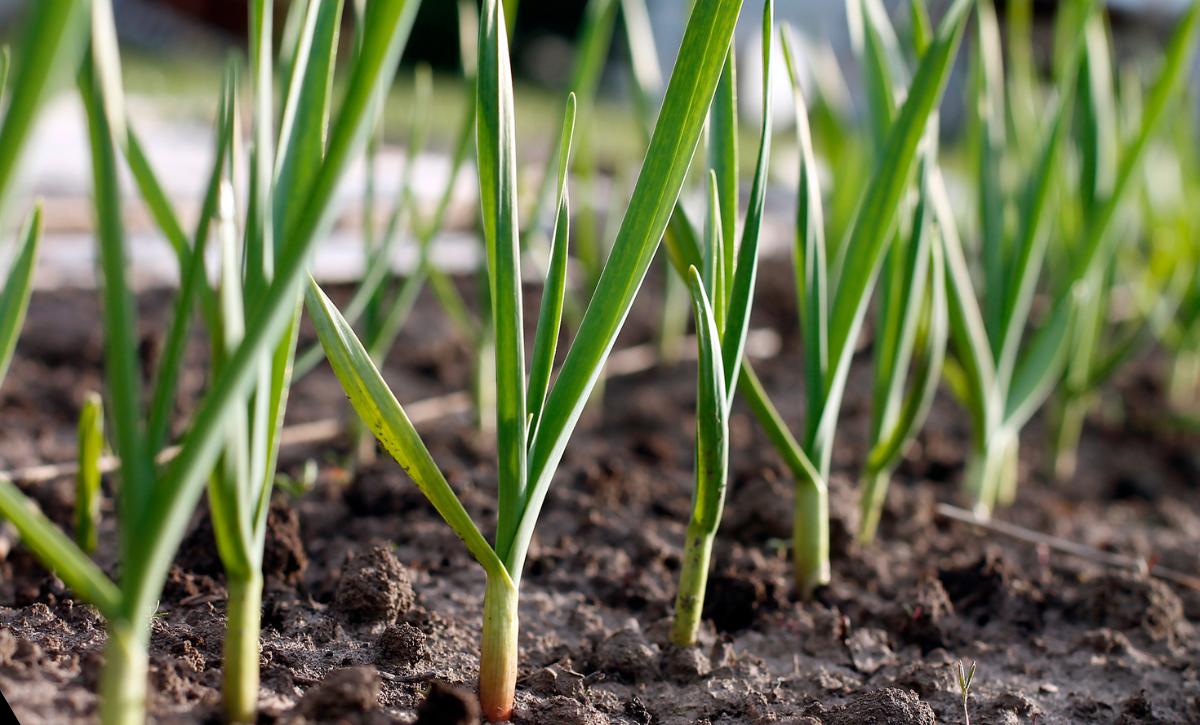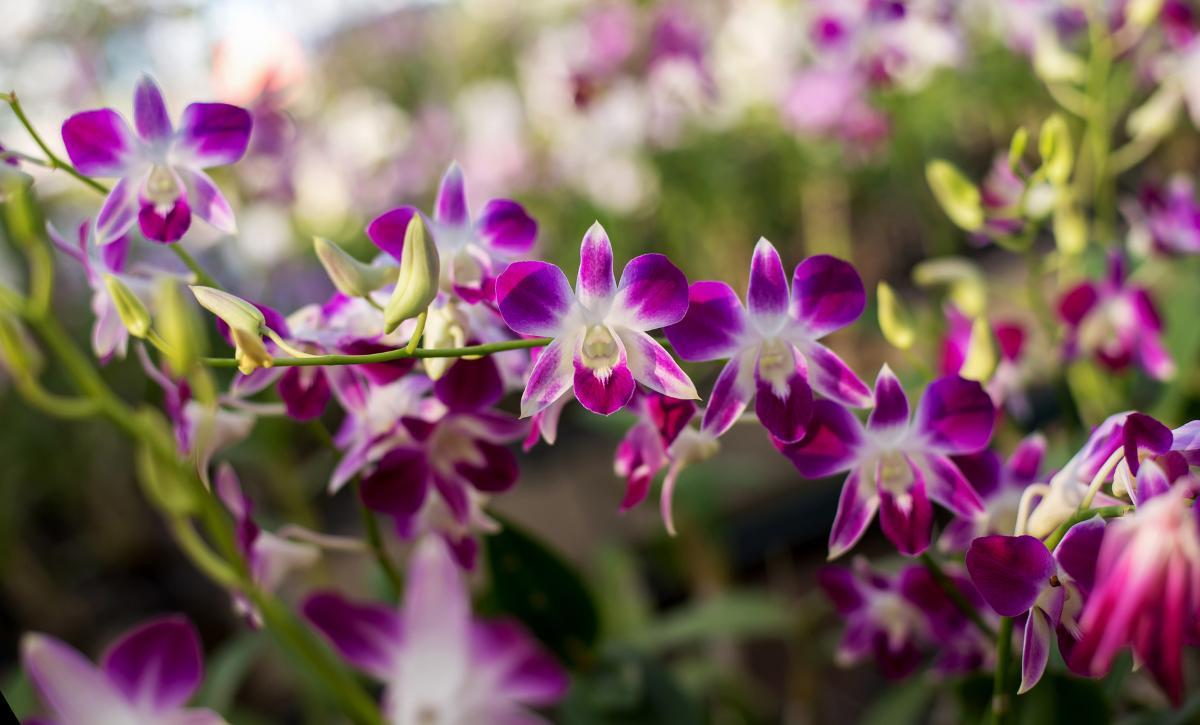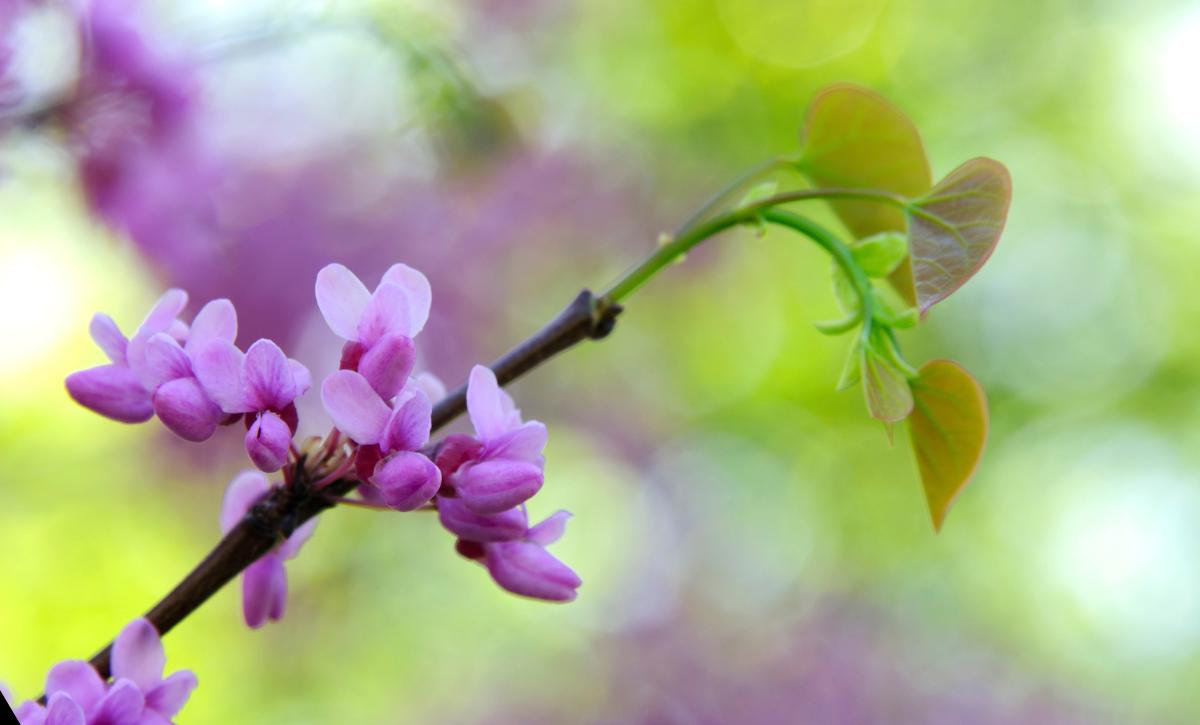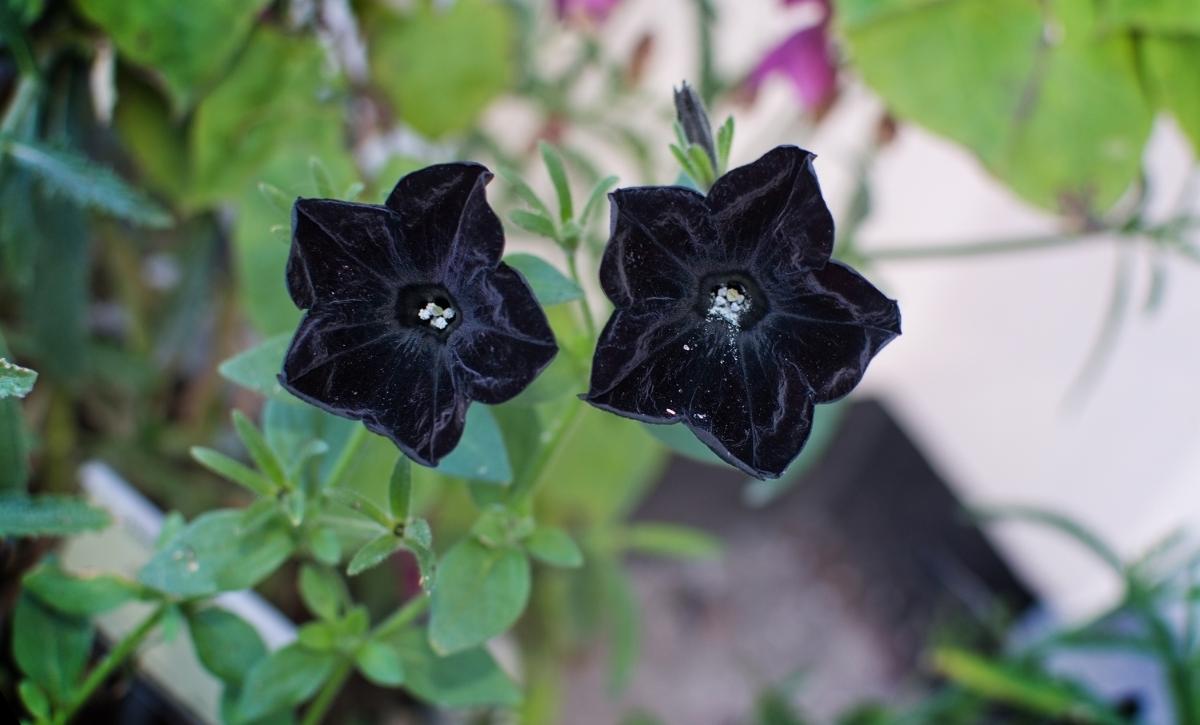Sunflowers are some of the most resilient plants in the world. These plants are pest-resistant, heat-resistant, and staggeringly beautiful.
The large flowers from the plants attract birds, bees, and other pollinators, making them the perfect addition to vegetable gardens.
Did you know? Sunflower seeds are also used to make cooking oil. There are countless ways you can benefit from growing these plants.
While the color most associated with sunflowers is yellow, they can come in other colors, such as red, orange, brown, and maroon.
Sunflowers can grow as low as a foot tall and as high as 14 feet.
Since sunflowers are heliotropic, they turn their flowers towards the sun, hence their name.
Suppose you are an aspiring sunflower grower and want to have strong and healthy plants. In that case, I suggest you grow the flower with other plants to accompany them. Growing sunflowers with support plants has many benefits, such as attracting pollinators, deterring pests, and protecting the plants from wind.
In this article, we’ve compiled a list of the best plants you can grow with sunflowers to raise healthy, productive plants.
We’ve also listed plants to grow near the Helianthus annuus.
Let’s get to it!
Companion Plants To Grow With Sunflowers: Vegetables
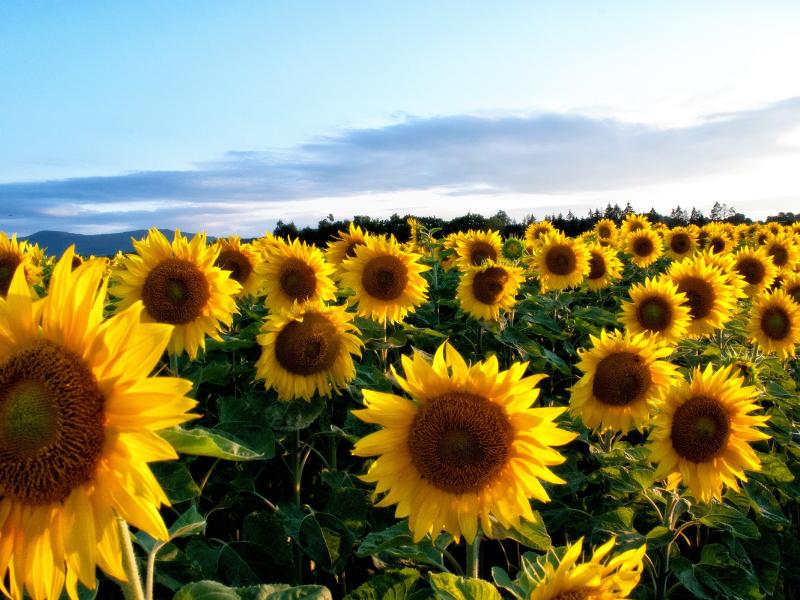
Vegetables make great companions for sunflower plants.
Below is a list of the best veggies you can match with your sunflowers and some tips on how to grow them.
Cucumbers
Sunflowers and cucumbers make a great match. The main benefit of growing cucumbers with sunflower plants is that they provide sturdy stems for the plants to climb on. Cucumber plants, on the other hand, have large leaves that create partial shade for the plant and hence keep the soil moist.
Other than that, cucumbers also reduce the infestation of weeds. To be even more versatile, you can add another member of the Cucurbitaceae family, such as melons.
Okay, now to the growing tips for these two besties!
Cucumbers do well in full sun and warm temperatures. When growing these plants, add some compost or well-rotted manure to the soil before planting the seeds to increase the nutrient content.
As for the soil, ensure it’s well-drained so you can add sand, peat, or compost.
The best time to plant cucumbers in your sunflower garden is when the sunflowers are about 12 inches tall.
You can add radishes, too, since they get along well with cucumbers; talk about killing three birds with one stone!
Lettuce
This is a great companion plant for sunflowers and is easy to grow. The plant will thrive in cold conditions, so winter is the preferable growing time. However, ensure it’s under shade when growing in sunny conditions.
This makes growing the plant next to sunflowers a great idea. By adding natural repellent plants such as chives and onions to the garden, you’ll create a natural aphid-repellent garden.
Nasturtiums
Nasturtiums have several benefits as sunflower plant companion plants, such as:
- These plants create shade by crawling over the ground and also act as cooling mulch. This makes them well-suited as groundcovers.
- Suppress weeds
- The flowers from the nasturtium plant are an excellent attraction for pollinators such as bees and butterflies.
- Natural repellent for pests such as whiteflies and cucumber beetles.
- Nasturtiums are also referred to as trap plants since they sacrifice themselves by drawing pests from other vegetables to them.
One of the best features of nasturtiums is their colorful flowers that come in various colors, including yellow, orange, and red, and will seamlessly combine with the sunflowers.
The plants will thrive in moist soils, but ensure they aren’t overwatered, as this could reduce the number of flowers and change the taste.
Peppers
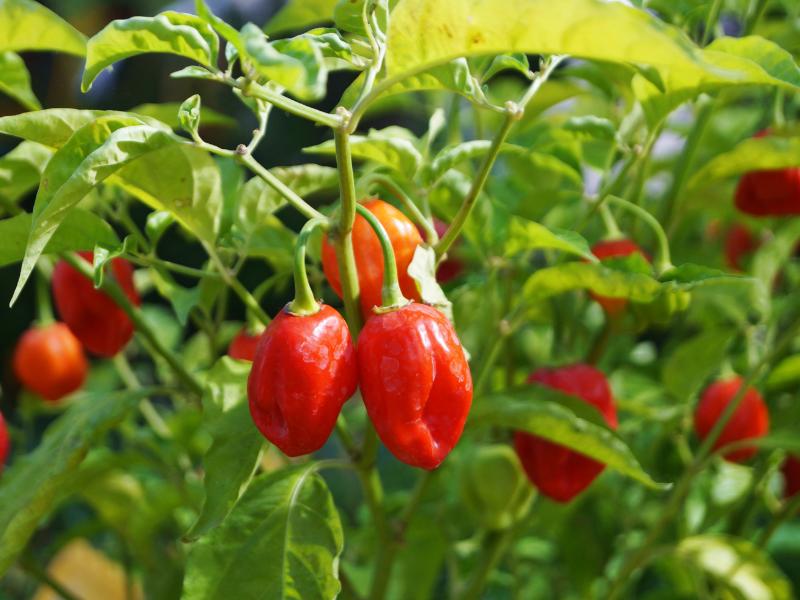
Since they are susceptible to heat damage, it makes perfect sense to grow peppers with sunflowers that will shelter them from the sun. Aphids will likely avoid the garden since peppers are natural pest repellents. ‘
It’s important to note that sunflowers produce nectar that feeds the insects that attack pests that may have infested the plant. They generate extrafloral nectar on the leaves’ undersides when they aren’t in bloom. This nectar protects the plant from pests.
Beneficial insects are drawn to the nectar on the undersides of the leaves and attack detrimental pests while at it.
Ensure your peppers are watered to about 2 inches per week. Peppers appreciate a good soak, but letting the soil dry in between waterings is essential to reduce the risk of overwatering.
Sufficient watering will lead to the development of a robust root system. At the same time, underwatering will affect not only the yield but also the quality of the fruit. Diseases such as blossom-end rot in peppers are caused by inconsistent watering.
Sweet Corn
Well, this may seem like a weird selection since both plants are tall, but there are other benefits of growing sweet corn with sunflowers that make them worthy.
For one, sunflowers attract different insects, such as ladybugs, that’ll attack pests in corn, such as aphids, spider mites, and fruit flies, which are common nuisances in corn.
The two plants have a symbiotic relationship in producing substances that benefit each other.
Plant young corn plants at least 8-12 inches apart.
Since corn plants have shallow roots, they can be severely affected by drought, so the plant should be properly watered. Water the plant to about two inches each week. It’s important to note that the need for water will change depending on the weather. For hot weather or sandy soils, the watering needs will increase.
When the plant grows to about 8 inches tall, add a high nitrogen fertilizer to increase the nutrient content. Repeat this process until the plant grows to 18 inches.
Add some mulch around the plants to reduce the rate of evaporation and frequency of watering.
Tomato Plants
Tomatoes are another perfect addition to sunflower plants since they climb them like a trellis. This is a win-win situation because tomatoes are an excellent attraction for pollinators.
The tomatoes should be watered with around 1.2 gallons of water per square foot during the growing season. Deep watering the plants encourages healthy root growth.
Prune the suckers, side branches, and axles as the plant matures.
Peas
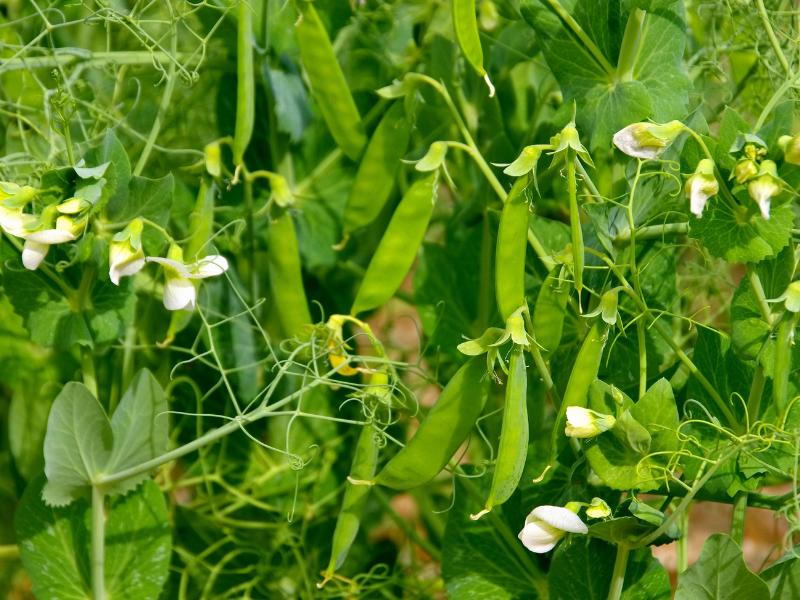
Peas and sweet peas can also benefit from the support of sunflower plants since they are vining plants.
Besides, peas are nitrogen-fixing plants and will increase the nitrogen levels in the soil. Even though sunflowers aren’t very needy regarding fertilization, the two plants will make excellent companions. You won’t stress about fertilizing since they don’t compete for nutrients.
While growing peas, leave out alliums since they may slow the growth of peas.
Additionally, the plant is susceptible to overwatering and root rot, so water them to about an inch per week.
Even though you don’t have to worry about fertilization, mulch the soil with grass clippings to increase water retention.
Kale
One of the main advantages of growing kales is that they keep the soil cool. As such, they make an excellent sunflower companion. Kales and plants like Brussels sprouts and broccoli belong to the Brassica family.
These plants thrive in partial shade; growing them with sunflowers will ensure they are well-shaded.
Watering and fertilization should be done frequently since the plant needs a nutritious substrate. Watering should be about 1 inch per week.
Ensure fertilization is done with a nitrogen-rich fertilizer. The fertilization instructions should be on the fertilizer package.
Add some mulch to the soil to keep the soil cool, preserve moisture, and keep weeds at bay. Other important factors you should consider are temperature, pests, and watering.
To ensure a steady supply of healthy leaves, mulch the plant extensively after the first frost.
Onions and Garlic
Onions and garlic aren’t only essential meal ingredients; their smell deters many pests from attacking the plant.
Some common animals that enjoy sunflowers are deer and squirrels, and planting alliums with sunflowers will deter such animals from destroying your plant since they are repelled by the pungent garlic and onion scent.
As for the sunflowers, they protect the alliums from hot summers by keeping the soil cool. The plants also don’t compete for nutrients making them the perfect partners.
Summer Squash Varieties
These fast-growing summer squash plants will also make an excellent addition to a sunflower garden. Plants like Zucchini or yellow squash will do well with sunflowers. Even though the plant’s blossoms are concealed by large leaves, sunflowers being an attraction of pollinators will ensure that such flowers are easily found.
You can also grow winter squash varieties with sunflowers such as pumpkins.
Mulch the soil to protect the shallow roots of these plants, keep away weeds and retain moisture.
Summer squash varieties will do well in wet soil, so ensure the plants are thoroughly watered to at least an inch each week.
Increase the frequency of watering after fruit formation and during the growing cycle. Letting the soil soak for long is preferable since it must be moist to about 4 inches down. Inadequate fertilization of watering could cause misshapen squash.
Best Sunflower Companion Plants: Herbs
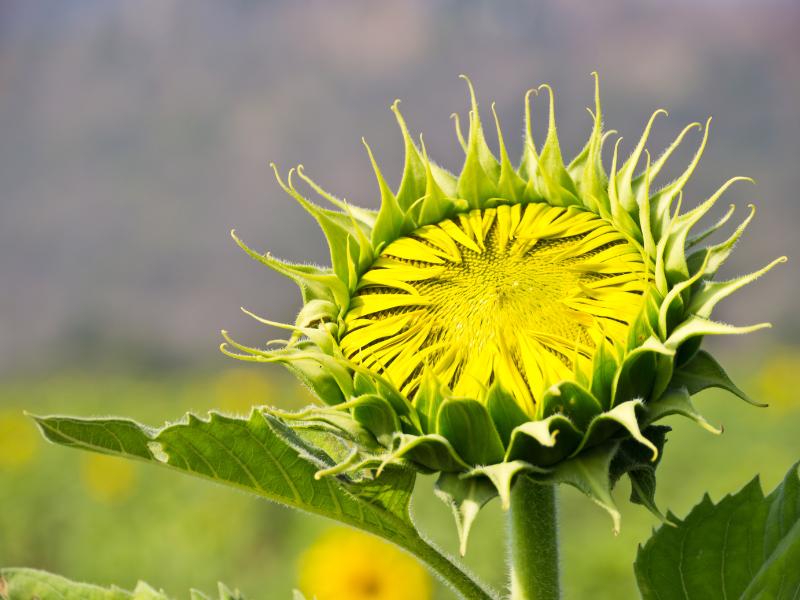
There are various reasons to grow herbs as companion plants.
Here are some common reasons:
- Herbs are fragrant
- They improve the vegetable flavor
- They attract pollinators
That said, here is a list of common herbs you can grow as sunflower companions.
Basil
Basil is one of the best herbs you can grow as a sunflower companion.
Like lettuce, this plant will need shading during hot summers since it can bolt when exposed to high temperatures.
Besides sunflowers, basil also pairs well with vegetables such as peppers and tomatoes making it an easy pairing if you decide to grow it.
Growing this herb will improve the taste of vegetables such as peppers and tomatoes, attract pollinators and repel pests like beetles and worms.
Rosemary
This herb is native to the Mediterranean coast. The herb thrives in warm and humid conditions and can grow into a large shrub under the right conditions.
In optimal conditions, the herb grows at lightning speed and can even be invasive if not handled correctly.
The plant can be grown outside like a perennial shrub in warmer regions such as USDA zones 7 and above. It’s best to grow the plant in a pot. That way, you can take it inside during the winter periods.
Besides repelling pests, rosemary is famous for stews, chicken, lamb, and soups.
Chives
Like onions belonging to the same family, chives are great companions when grown with sunflowers. The herb does well in colder climates.
Before planting the herb, you should be aware it can be invasive. Also, the plant can take over a garden if the flowers are fully developed. However, if this does happen, you can easily dig it up and transplant it in another location.
What makes Chives so well suited as a companion plant is that it’s a pest deterrent and can make a great companion for lettuce, carrots, celery, and peas.
Lavender
Lavender is a well-famed herb and for a good reason. The herb smells fantastic (no wonder it’s a distinctive fragrance in toiletries), has beautiful flowers, and can even be used for medical purposes.
This plant is a great companion since it’s a major attraction for pollinators such as butterflies and bees.
Suppose you want your lavender to flourish; ensure the soil is always moist. In that case, water the plant about twice a week and ensure the plant is covered during winter.
Sunflower Companion Plants: Flowers
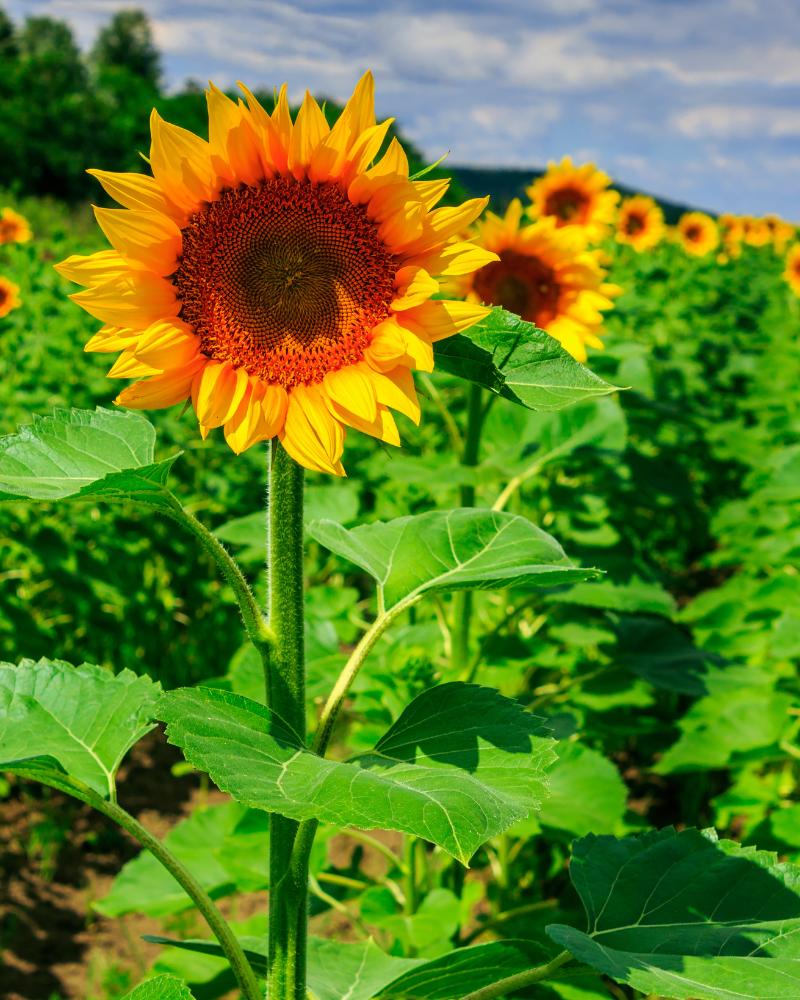
Flowers have three main benefits as companion plants:
- Helps reduce pest infestation
- Keeps the soil moist
- It can also double up as mulch
Here are some flowers you can try.
Marigold
Marigolds are easy flowers to grow. The seeds can simply be sown indoors since germination occurs quickly, even when planted directly in the soil.
There are different Marigold varieties, but the most common is the French Marigold. Marigolds attract insects such as ladybugs, so pests like black flies and aphids will not be a problem in your garden.
When growing marigolds, remember to pinch off the tips once the plants are well established. This encourages new growth and prevents the plant from growing leggy. This type of pruning also encourages the plant to blossom more.
Even though you don’t have to deadhead the plant, removing fading flowers will encourage profuse blooming.
Ensure you have watered the plant thoroughly. However, allow the soil to dry in between waterings. The evaporation rate is high in high temperatures, so water is more often during this period.
Geraniums
Classified as Pelargonium, these flowers are toxic to pests such as Japanese beetles, so they are another defensive force you can add to your garden.
However, it’s important to note that geraniums are toxic to pets and humans, so ensure they aren’t ingested, as they can cause nausea, vomiting, and diarrhea.
One of your primary concerns when growing these flowers should be overwatering since geraniums are extremely susceptible to it. Water the plant lightly, and only when the leaves start drooping.
Growing these flowers may be a bit challenging for beginners, so conduct thorough research before growing them.
Daisies
Did you know that sunflowers belong to the daisy family? There are a lot of other daisies out there that you can add to your garden.
These plants will thrive in sunny environments and are even drought tolerant, making them well-suited for environments that don’t receive regular rainfall.
Another key advantage of this plant is attracting pollinators such as butterflies.
You can grow daisies in small varieties as border plants.
Impatiens
Also known as touch-me-nots, impatiens are beautiful flowers that will thrive in a shaded environment. Growing these plants with sunflowers enables them to utilize the sunflower canopy, and hence they can thrive easily.
Impatiens act as mulch, keeping the soil cool and attracting pollinators.
The plants should be grown in moist, well-drained soil that is humus-rich. Water these flowers properly; underwatered plants may lose their leaves, while overwatering may lead to fungal growth and root rot.
What Shouldn’t Be Planted With Sunflowers
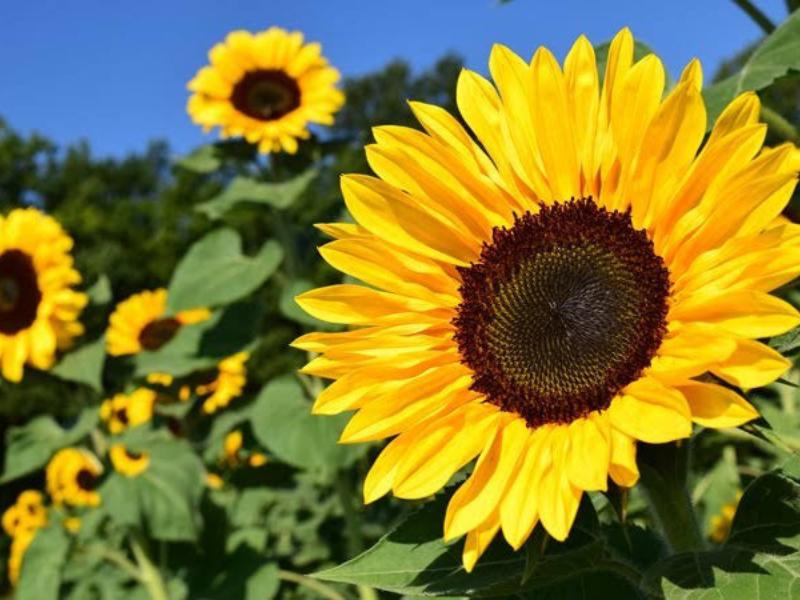
Allelopathic plants are incredibly useful in suppressing weeds when grown with different agricultural crops.
These plants achieve this by creating a biochemical that is advantageous and harmful to the germination of different plant species. This includes weeds that will impact the growth of crops such as wheat and rice.
Sunflowers are one of the plants that fall in the allelopathic category meaning it has potential as a weed killer. However, this means that it will also impact the germination of some plants.
Here is a list of common plants that may be impacted.
Pole Beans
Even though one of the best sunflower companions, sweet corn is a perfect companion for pole beans. Sunflowers and this crop do not make good partners. This is because sunflowers stop these plants from growing.
In the three sisters planting method, beans are used in growing tall plant stalks, producing a compatible triangle.
Since sunflowers are a contender for this position, there is direct competition. Therefore, it’s best to avoid growing these plants together and go for alternatives.
Potatoes
Allelopathic plants will have a tremendous negative impact on the growth of potatoes, so you should never grow the two plants close together.
Sunflowers will cause potatoes to have stunted growth and even impact their germination.
According to some research, allelopathic plants may cause potato blight. This severe fungal disease causes the root rot in potatoes.
Fennel
Fennel is another plant that enjoys the comfort of solitude. This plant doesn’t do well if grown near any other plant as this plant may stunt the growth and impact the development of roots.
The best way to grow fennel is by planting them in pots.
Tips For Growing Sunflowers
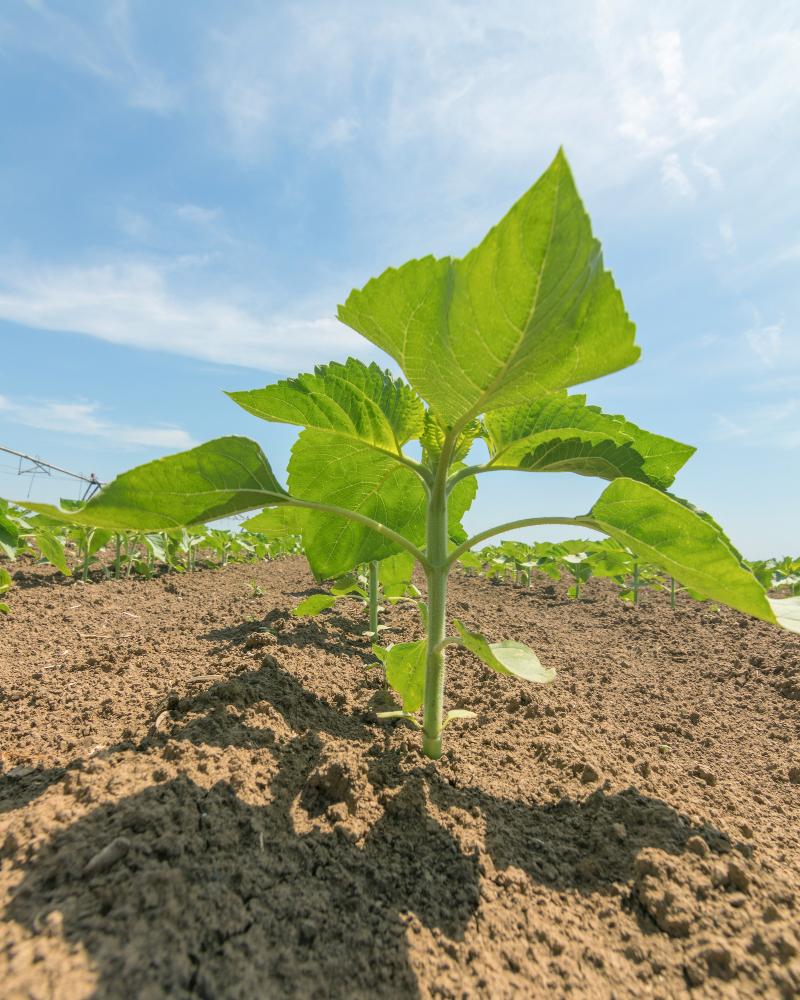
The Helianthus annuus will mature in about 90 days under the right conditions.
Here is a detailed guide for the best growing conditions.
When and how to plant the seeds
It would be best to plant the seeds into garden soil immediately after the harsh spring frost has passed. The seeds can also be planted outdoors in containers when the soil has warmed to about 50℉.
Sunflowers don’t like root disruptions, so the best way to plant them is by sowing rather than transplanting.
Another essential factor you should check out is the sun. As the name suggests, these are sun-loving plants, so plant them in a sunny garden.
The Helianthus is a heavy-feeding species, so you should plant it in nutrient-rich soil and occasionally add some well-rotted manure.
Sunflowers despise the wind, so they should be planted sheltered from strong winds, ideally with a fence or a wall. You can also grow it with companion plants that’ll provide shade.
Watering
The daisy species are suited to tolerate drought to some extent. However, under prolonged drought, the plants may stop producing flowers.
Water the plant when the top two inches of topsoil are dry, and don’t let it completely dry up.
To know if the plant requires watering, check on the leaves. Once they start dropping, water the plant thoroughly.
Temperature and Humidity
Sunflowers thrive when the temperatures are between 70 to 78℉.
However, if you maintain the moisture in the soil, the plant can also thrive in higher temperatures.
These plants can also tolerate high humidity conditions. Still, there should be proper air circulation, and the soil should be moist.
Light
The Helianthus annuus should be grown in full sunlight since it encourages flowering and growth of sturdy stems. Ensure the plant receives at least 6 hours of direct sunlight to thrive properly.
Sunflowers are heliotropic, and their flowers will grow toward and face the sun. As such, ensuring it’s in a well-lit area is vital to avoid the plant bending towards the sun’s direction.
Fertilization
The best fertilizers for this plant are feeds with high phosphorus and potassium concentrations since these minerals improve flowering.
Growing the plant in rich and loamy soil will reduce the need for fertilization.
You should use a slow-release fertilizer for the plant to reduce the risk of overfertilization.
Support
Due to the heavy flowers of the plant, it may need some support. While this is optional, you should stake the plant if the variety grows to over 3 feet tall.
This will ensure the plant is upright and protect and reduce the risk of falls from strong winds.
Best Sunflower Varieties to Grow in Your Garden

Sunflower varieties will vary in height; while some may only grow to 2 feet tall, others may grow quite tall. Here are some common varieties you can grow in your garden.
- Italian white- This sunflower variety produces creamy-white flowers and grows 4 feet tall. Its seed makes a good choice for a bird feeder.
- Teddy Bear- This is one of the dwarf varieties. It grows to about 2 feet tall and yields fluffy flower heads. Considering its size, the plant grows well in small containers, and the flowers can survive in a vase for several days.
- Giant Sungold- It resembles the teddy bear variety, only that it’s taller and can grow up to 5 feet tall.
- Autumn Mix- This is a very fascinating sunflower variety. It produces 6-inch multicolored bronze, yellow, mahogany, and yellow flowers. The plant can grow up to 7 feet.
- Russian Giant- As the name suggests, this is a giant variety whose flowers can grow up to 20 inches, and the plant can grow up to 12 feet. The Russian Giant is one of the best variants for seed production.
Understanding The Benefits Of Planting Sunflowers
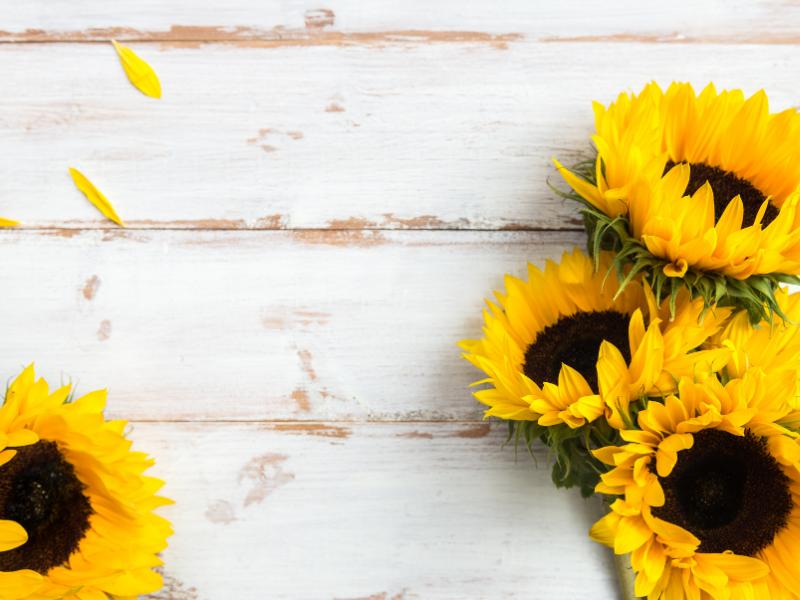
There are several benefits of growing sunflowers.
Here are the most common ones:
Attracts Birds: Birds aren’t only fun to watch and an excellent solution for pest control. Attracting birds to your garden brings a balance between pests and beneficial animals.
Attracts Pollinators: Many flowers produce pollen and nectar at the flower’s center, often attracting bees and butterflies. For beginner growers, ensure you purchase organic seeds since some seeds may contain chemicals such as neonicotinoids which are toxic to pollinators.
The seeds are Edible: That’s right! Both black and striped sunflower seeds are edible; the former is used to make sunflower oil. Please ensure the seeds are organic before consumption.
Absorbs Chemicals and toxic contaminants: Sunflowers absorb the most toxic elements from the environment, which is why they are known as phytoremediators or plant remedies.
Beautiful Flowers: If you want to beautify your garden, this could be the perfect solution. The plant has unique flower arrangements, which can last long in vases.

Summing Up
Versatility is always a good idea when growing plants, as it benefits all plants. Choosing plants that get along well is essential since this may impact how well they grow.
The list of companion plants for sunflowers provided in this article will help you choose different forms of plants to add to your garden, be it an herb, vegetable, or flower.
Companion plants will benefit the Helianthus annuus and attract pollinators, and some may even deter pests. So, choose the plant that will work to your advantage.

